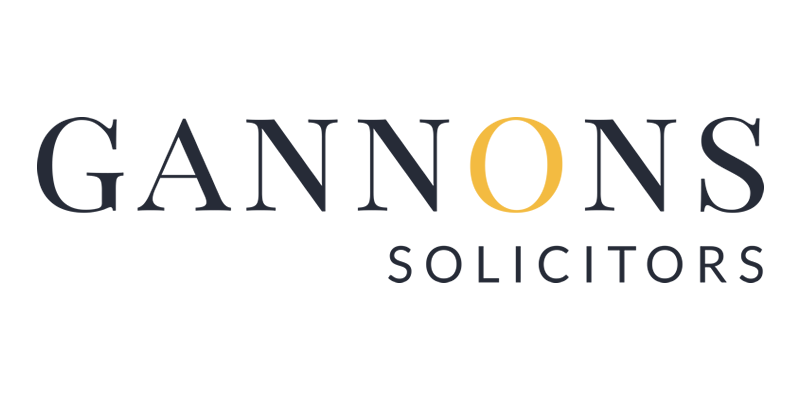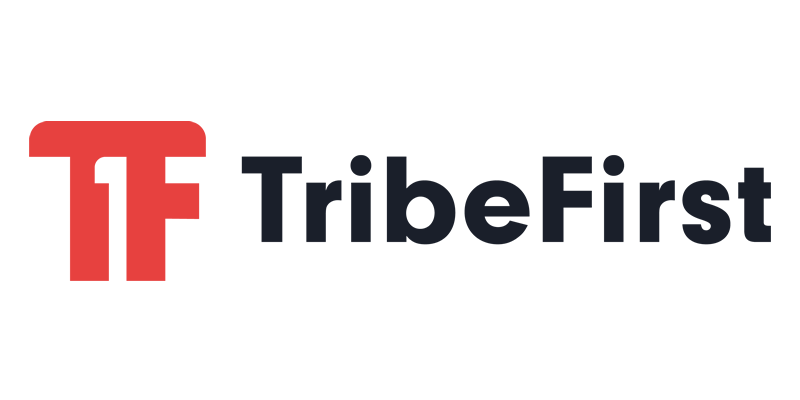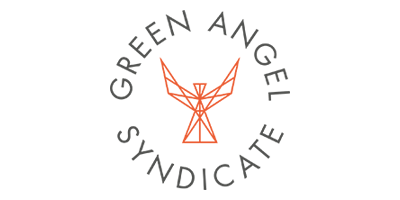Learning & Resources
John Deane, Partner in charge of the commercial contracts team at Gannons, looks at the importance of understanding the difference between the Equity and Entreprise value of a business.
If you are selling your business the most important issue for you is likely to be the amount of money you will walk away with. However, the headline number you see on an offer letter, or even in a sale contract, will often not be the amount you end up receiving when all is said and done.
In order to understand the true purchase price for a business it is important to understand what is meant by the terms ‘Enterprise Value’ and ‘Equity Value’, and how they differ. We aim to demystify these terms, giving you the tools needed to evaluate any offers you receive for your business in terms of the cash you will actually receive.
Enterprise Value v Equity Value
In broad terms Enterprise Value represents the value of a business as calculated by reference to certain indicators of financial performance. Whereas Equity Value represents the actual amount a buyer will pay to a seller for a business having made certain adjustments for matters such as cash, debt and working capital. An offer to buy a business will usually be made in terms of the Enterprise Value, and the Equity Value is what will ultimately be paid to the seller.
Investors, such as private equity funds, will often look to include a higher figure as the Enterprise Value, to make their offer seem more attractive, with the intention of reducing this figure through adjustments to reach the Equity Value which is actually paid. Therefore knowing what is meant by these two terms, and how you get from one to the other, is part of evaluating your business. As well as knowing the difference between Enterprise Value and Equity Value, understanding what is meant by a sale on a ‘cash free, debt free’ basis will also allow you to cut through the noise and get to the key issue – how much are you going to be paid.
Note: The valuation of your company for the purpose of calculating the amount a buyer pays on a purchase is different from the valuation of your business for tax purposes. A valuation for tax purposes is calculated on fiscal considerations considers matters often not taken into account when calculating the Enterprise Value or Equity Value. Details on the valuation methods used for tax purposes are here.
Enterprise Value
The majority of private company sales begin with a purchase price calculated as the Enterprise Value. This is typically based on a multiple of a measure of the business’s financial performance – often EBITDA (Earnings Before Interest, Taxes, Depreciation, and Amortisation), EBIT (Earnings Before Interest, Taxes and Amortisation), DCF (Discounted Cash Flow) and other methods, such as gross sales.
The Enterprise Value of a company will not take into account the funding structure of the company, meaning it will not include any adjustments for the cash and the debt in the business. For this reason most company sales are structured on a ‘cash free, debt free’ basis.
Cash Free, Debt Free
When a business is bought on a cash free, debt free basis it means that the seller is expected to pay off all of the company’s debts and extract all of the company’s cash prior to completion.
In practice this is often not achievable, therefore there will often be an adjustment made to the purchase price to reflect the position of the company at completion, whereby a deduction will be made for any debt remaining and cash will be bought (i.e. added to the purchase price) on a pound for pound basis.
In order to make the cash free, debt free adjustment it is necessary to understand, and agree, what items fall within the definitions of cash and debt? Cash will include items known as ‘cash equivalents’ and debt will include items known as ‘debt like items’. Typically cash and cash equivalents will include cash held in a bank account, petty cash, card payments that are in transit, rent deposits, cash held in an escrow account – debtors are not typically included as a cash equivalent. Debt and debt like items will typically include bank loans, shareholder loans, overdrafts, long term debts and declared but unpaid dividends.
There is often significant negotiation around what items are included in the cash free, debt free adjustment, and it is important to look closely at the specific circumstances of the business being sold. For example a buyer will often argue that potential tax liabilities should be considered a debt like item.
Working capital
Commonly the cash free, debt free adjustment will also include an allowance for the company’s working capital. The buyer is likely to require that enough cash is left in the business to allow it to carry on trading as normal immediately after completion when the cash will have been taken out by the seller. A target level of working capital will be agreed, and then adjustment for the excess or shortfall is made post completion to the purchase price.
Agreeing the level of working capital that should remain in the business will be a key point of negotiation. You need to consider the conditions of the business being sold. For example it may be appropriate to calculate the working capital figure as an average of working capital requirements over the previous 12 months. However this would not be appropriate with a business that experiences seasonal changes and increased working capital requirements at certain points in the year.
Equity Value
Once the Enterprise Value has been adjusted to take into account cash, debt and the working capital adjustment the result is the Equity Value. The Equity Value is the amount the sellers will actually receive for the company. The Equity Value is calculated by using the following formula:
‘Equity Value = Enterprise Value + cash – debt +/- working capital adjustment’.
The Equity Value can be higher or lower than the Enterprise Value, as this will be determined by whether the right hand side of the formula is positive or negative. Whilst it will not be possible to know the exact Equity Value figure until after completion of the transaction, you should know what happens to the Enterprise Value to arrive at the Equity Value.
If you are a seller with competing bids for your company it may even be worthwhile negotiating what items will factor into the calculation of the Equity Value (i.e. what cash equivalents and debt like items will be included, and what the target working capital figure will be) as part of the bidding process. It is also a good idea to agree a pro-forma calculation of the Equity Value early in the transaction, as this could cause serious issues if only addressed later in the transaction.















